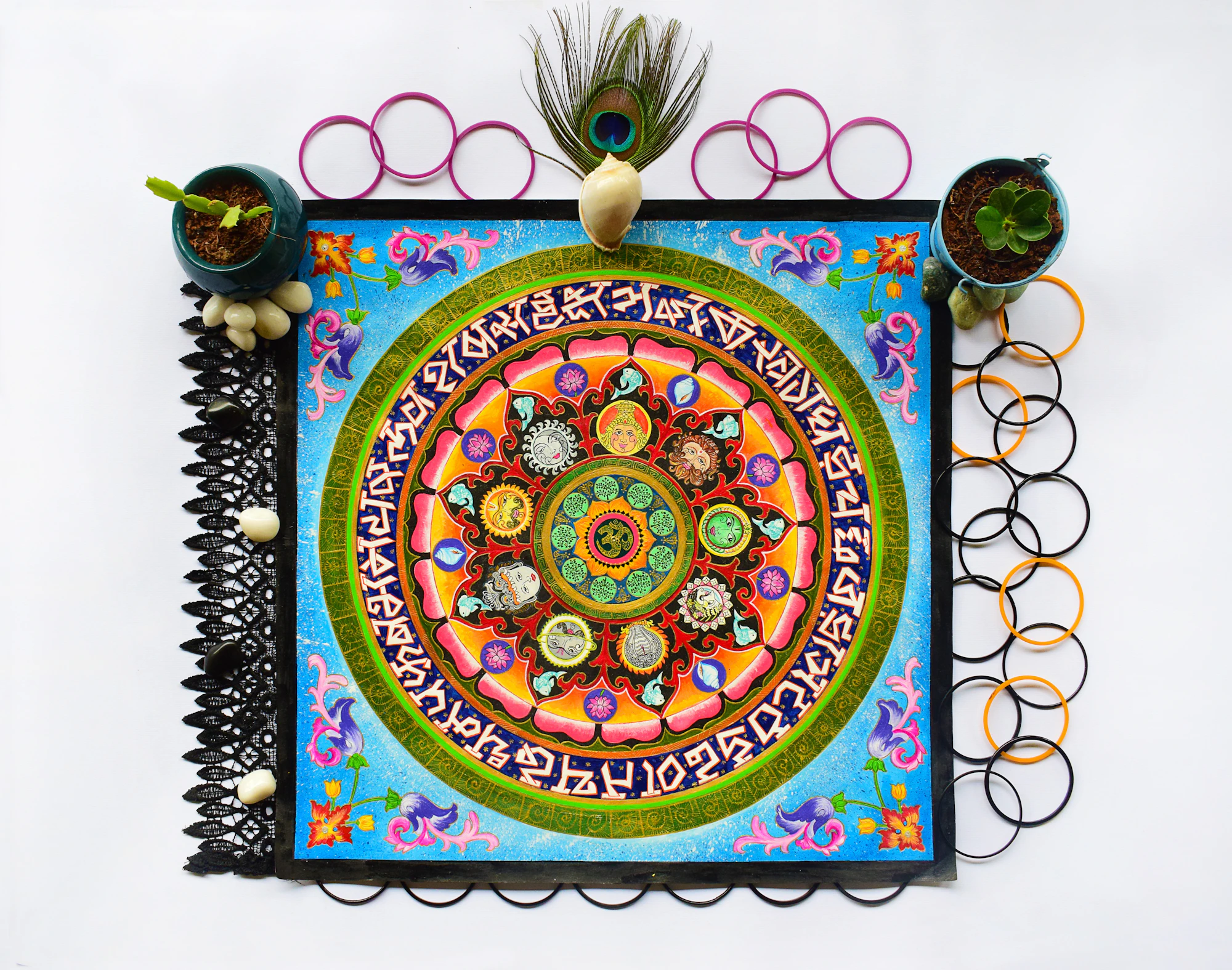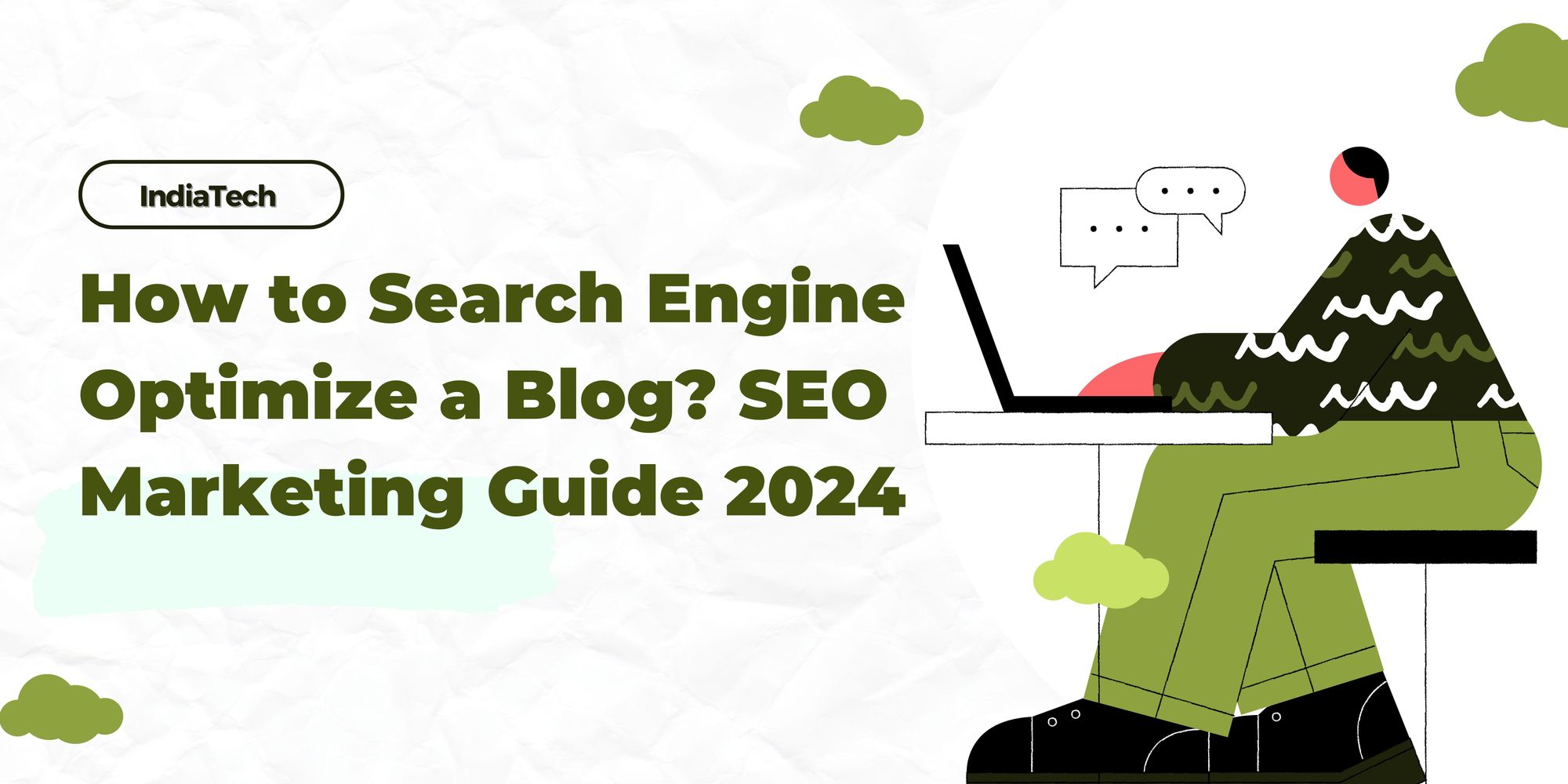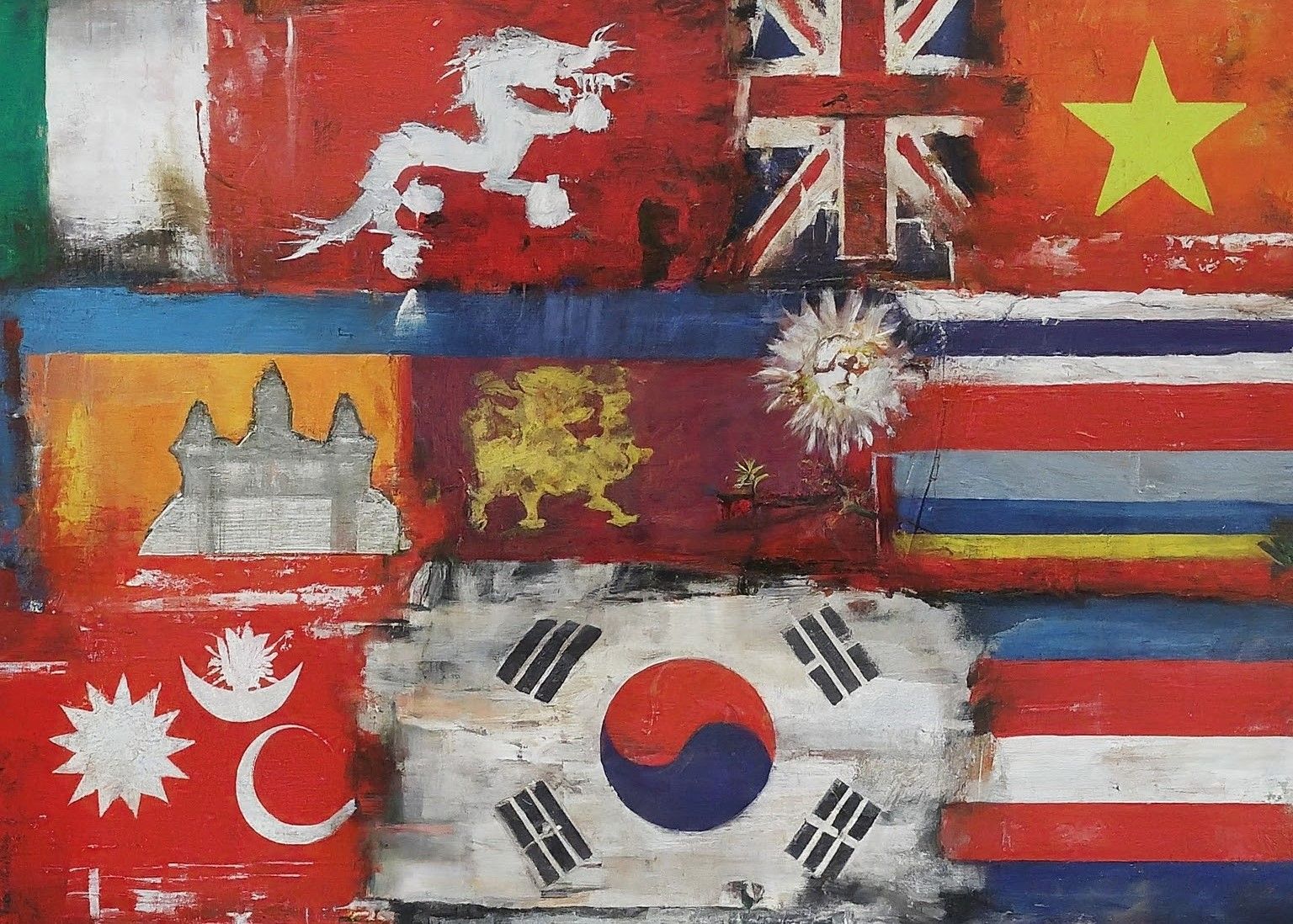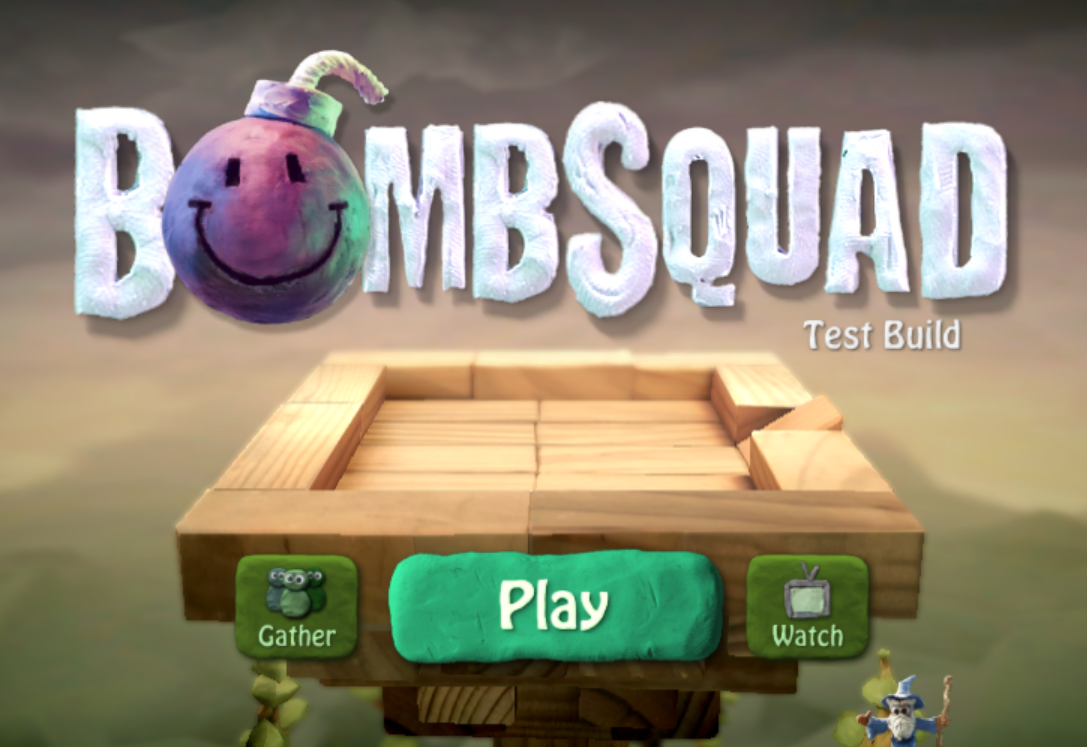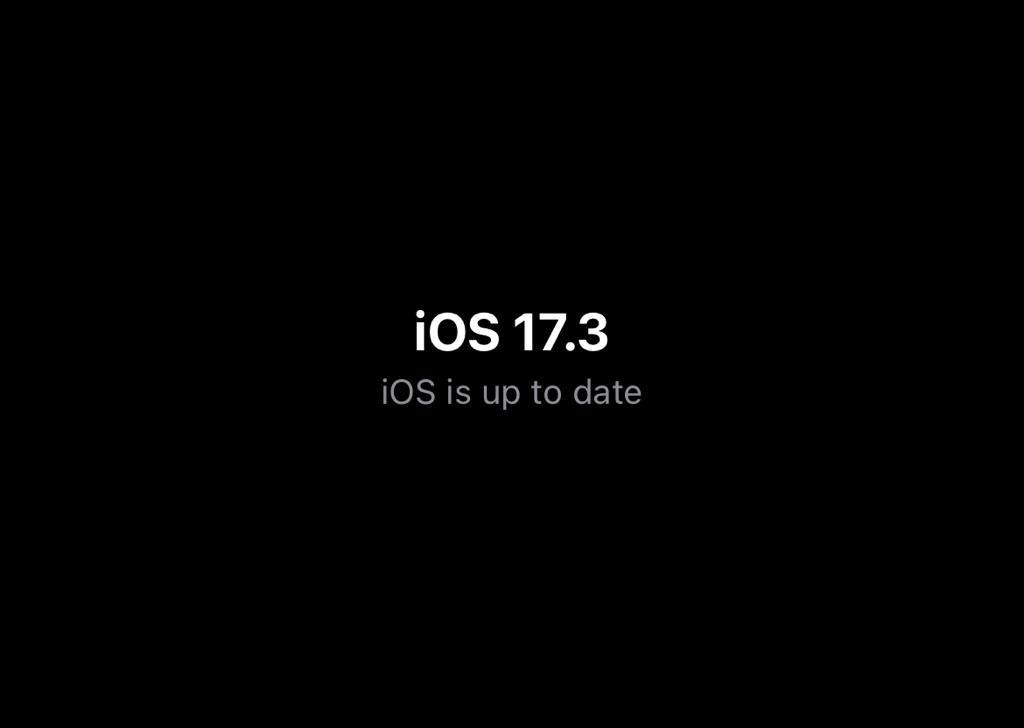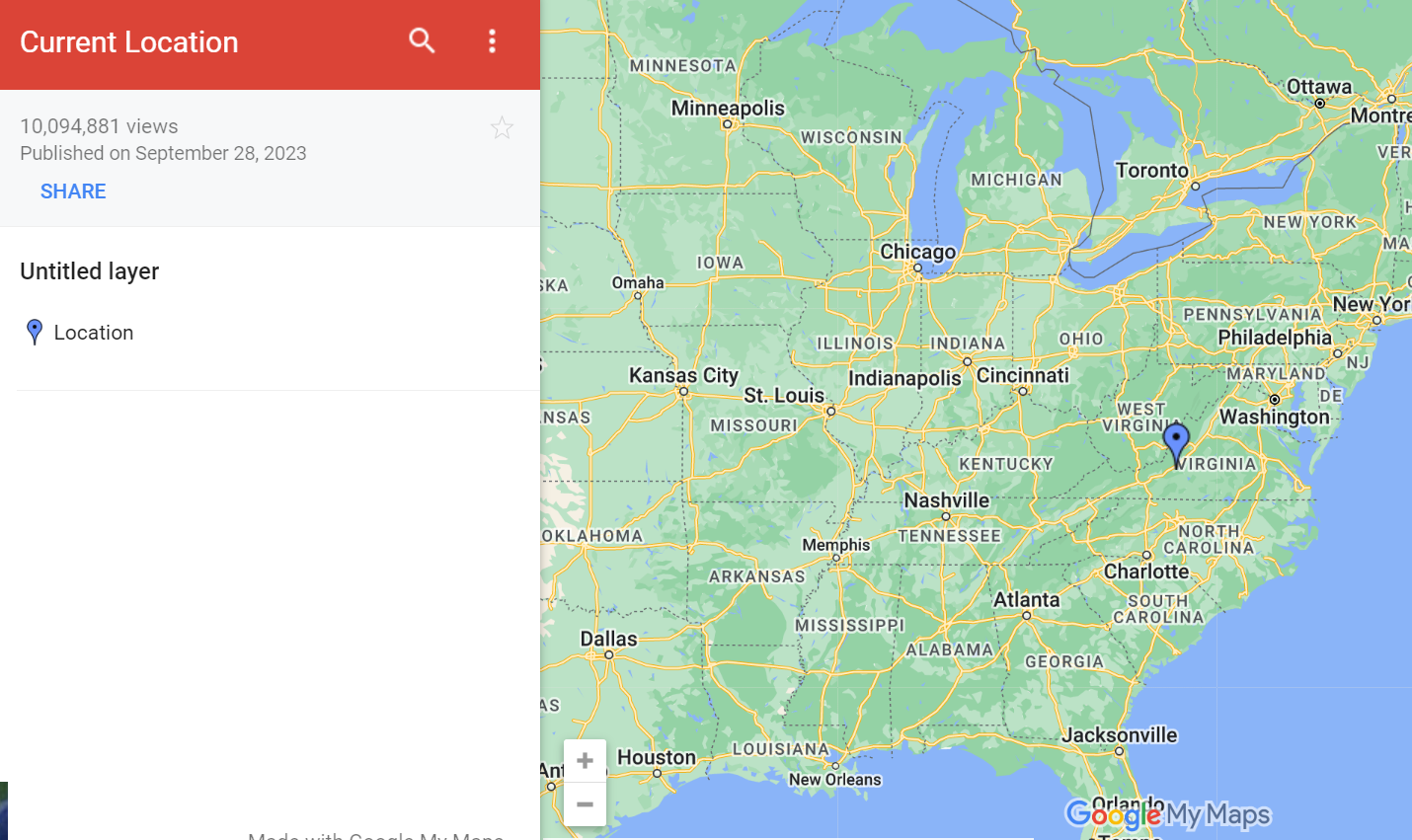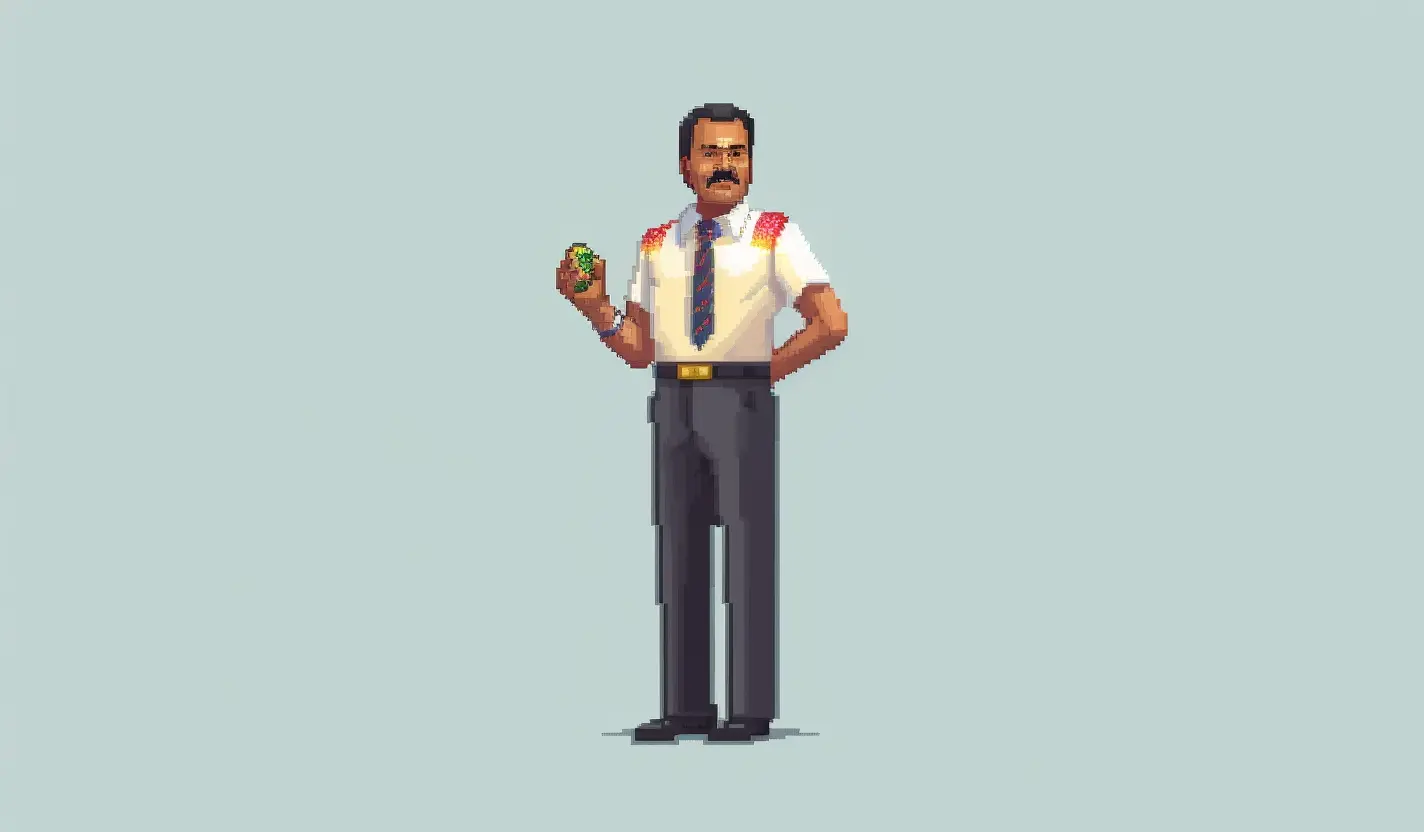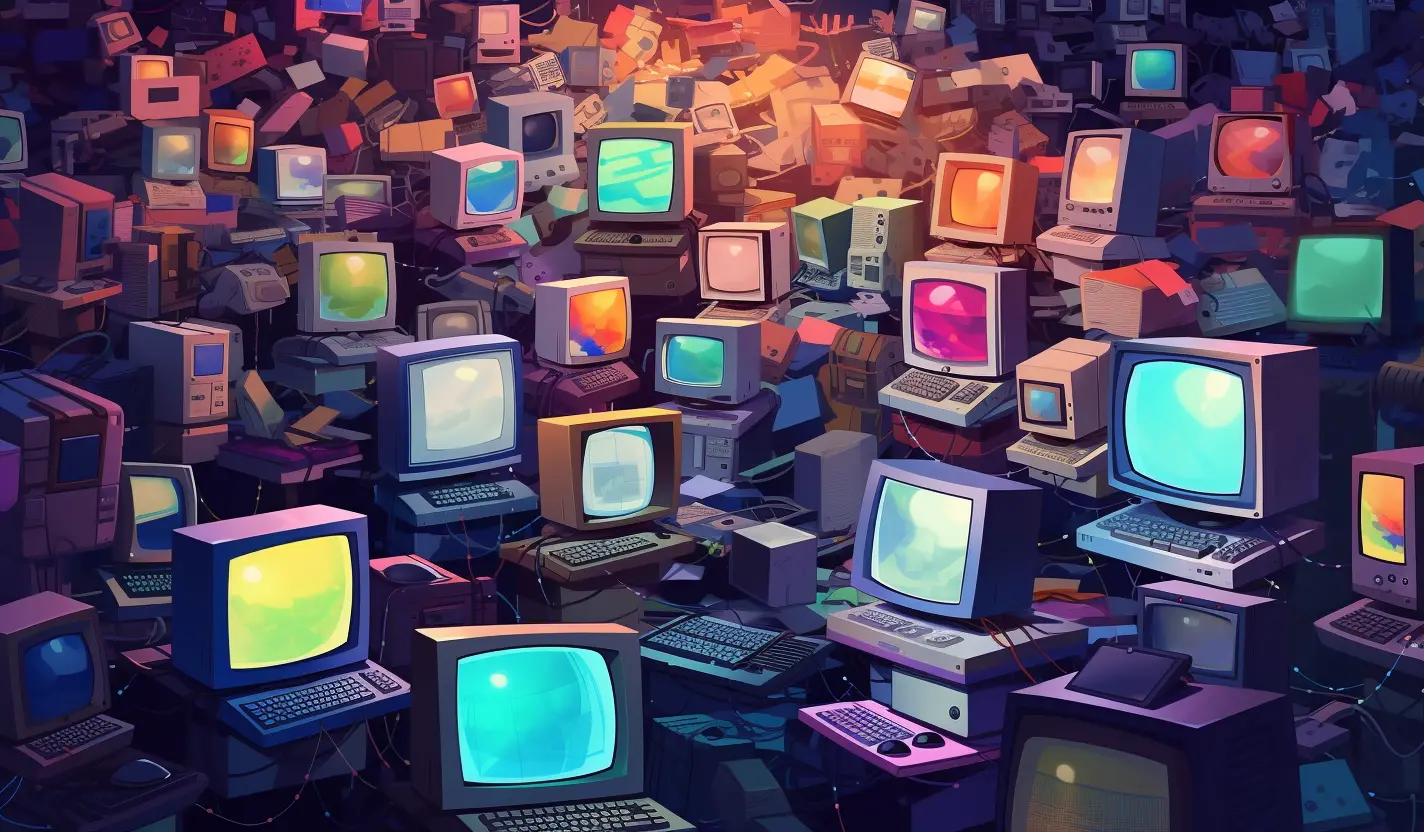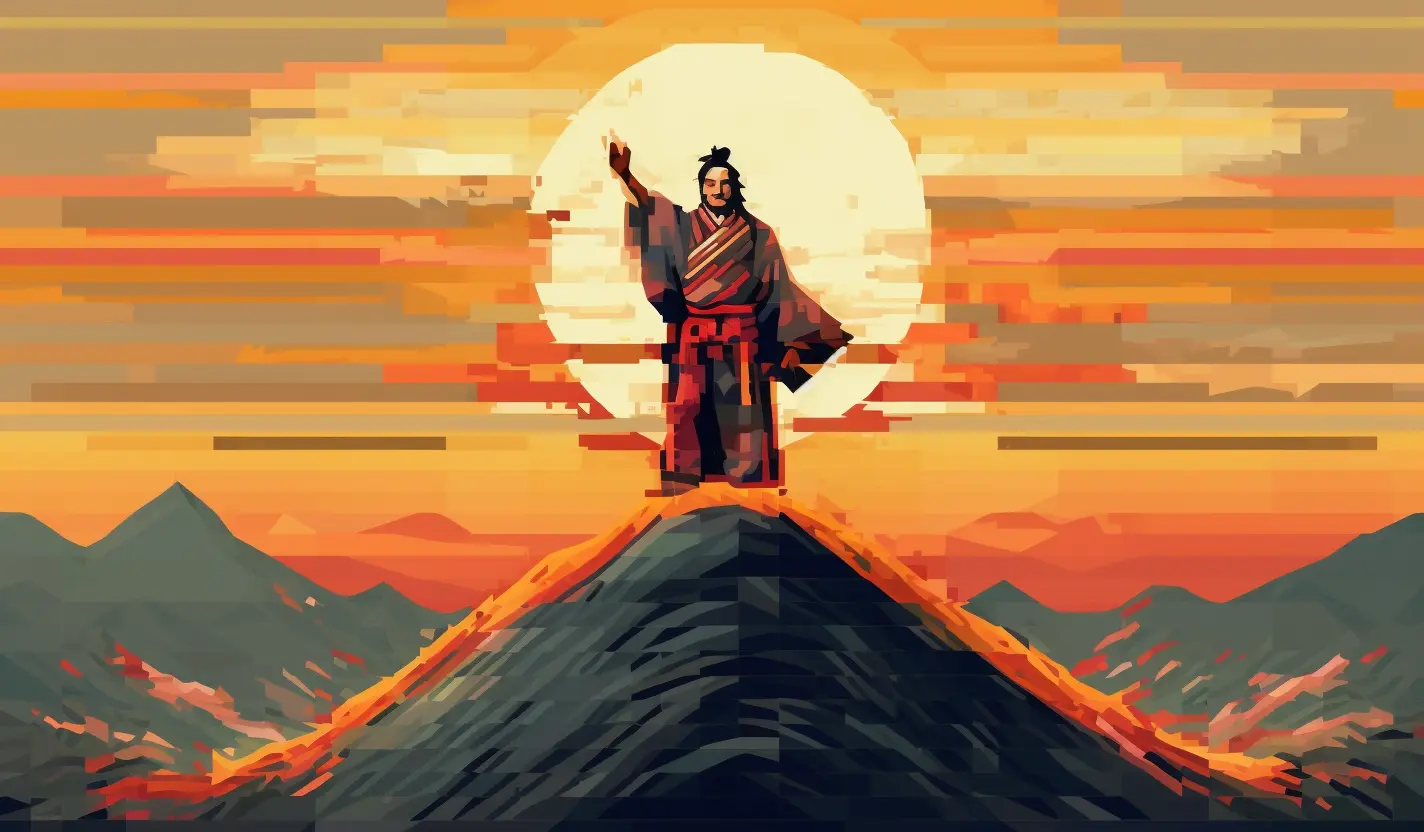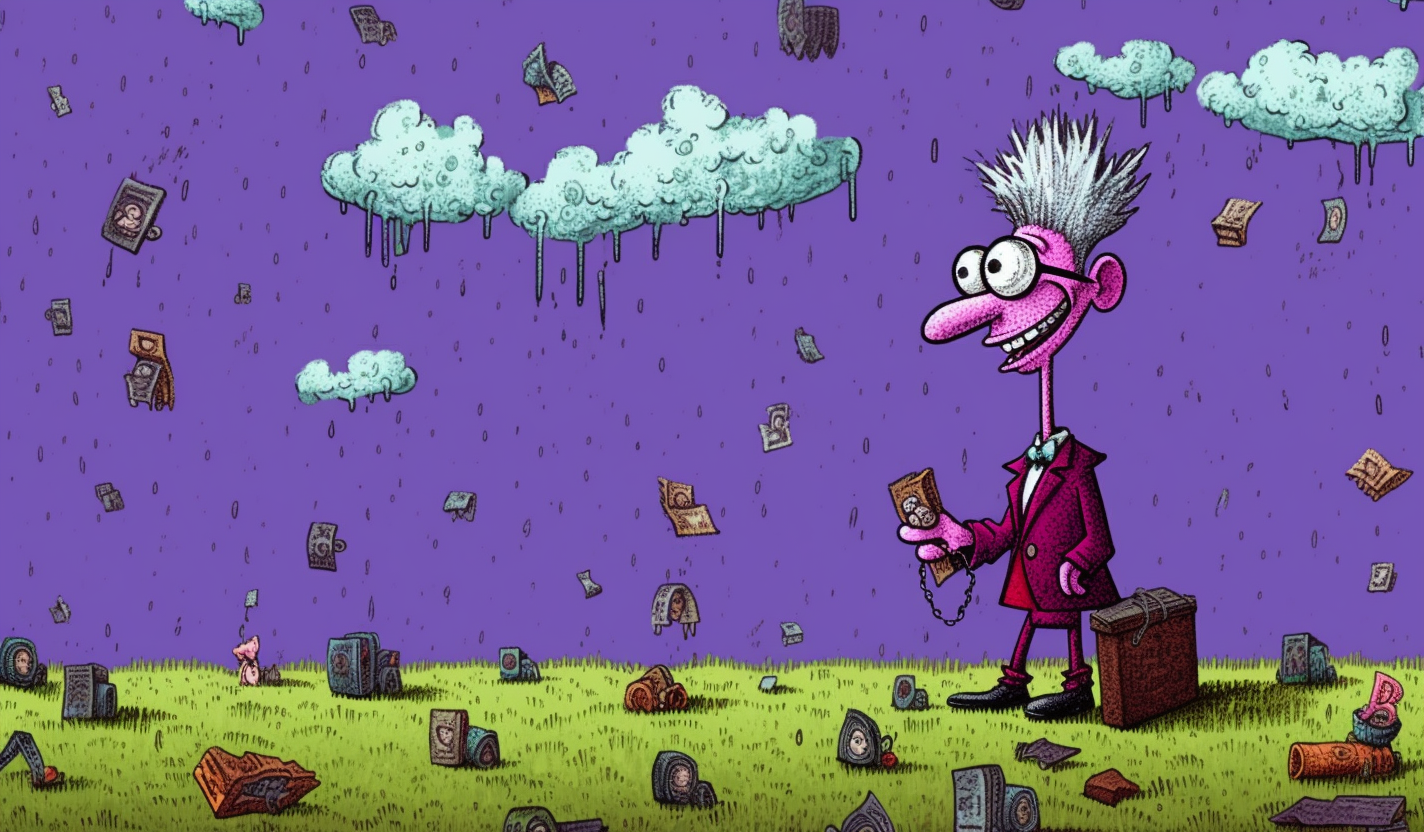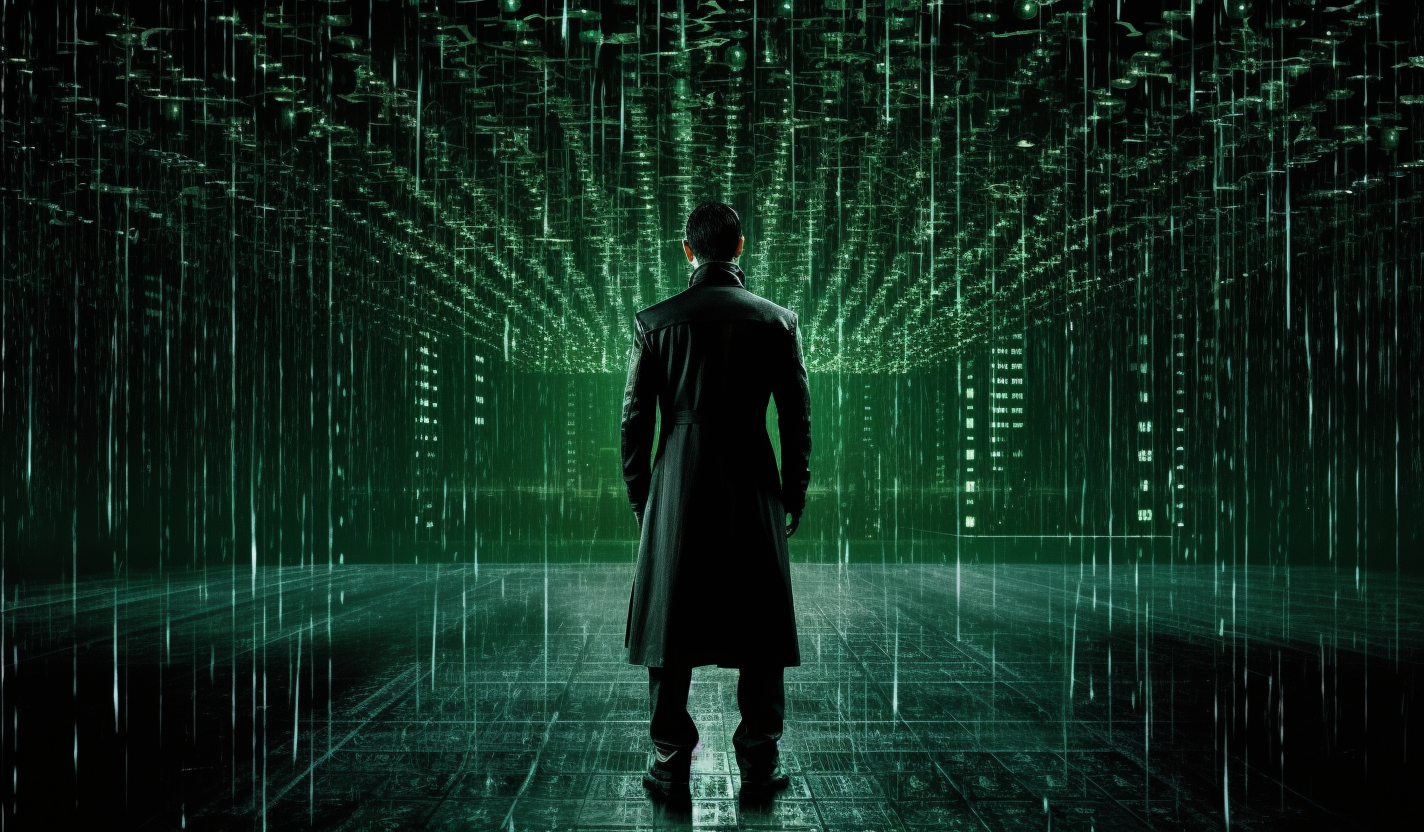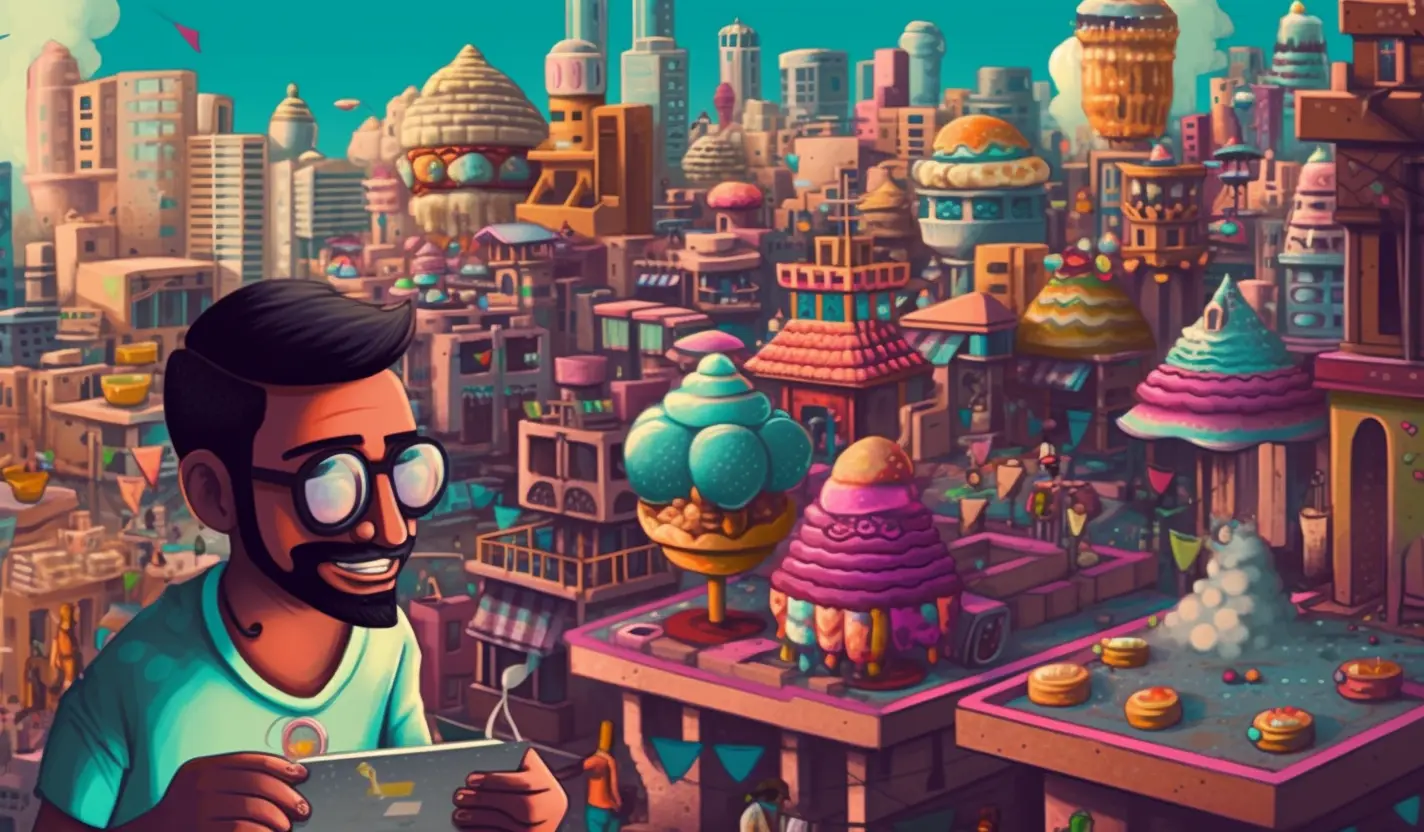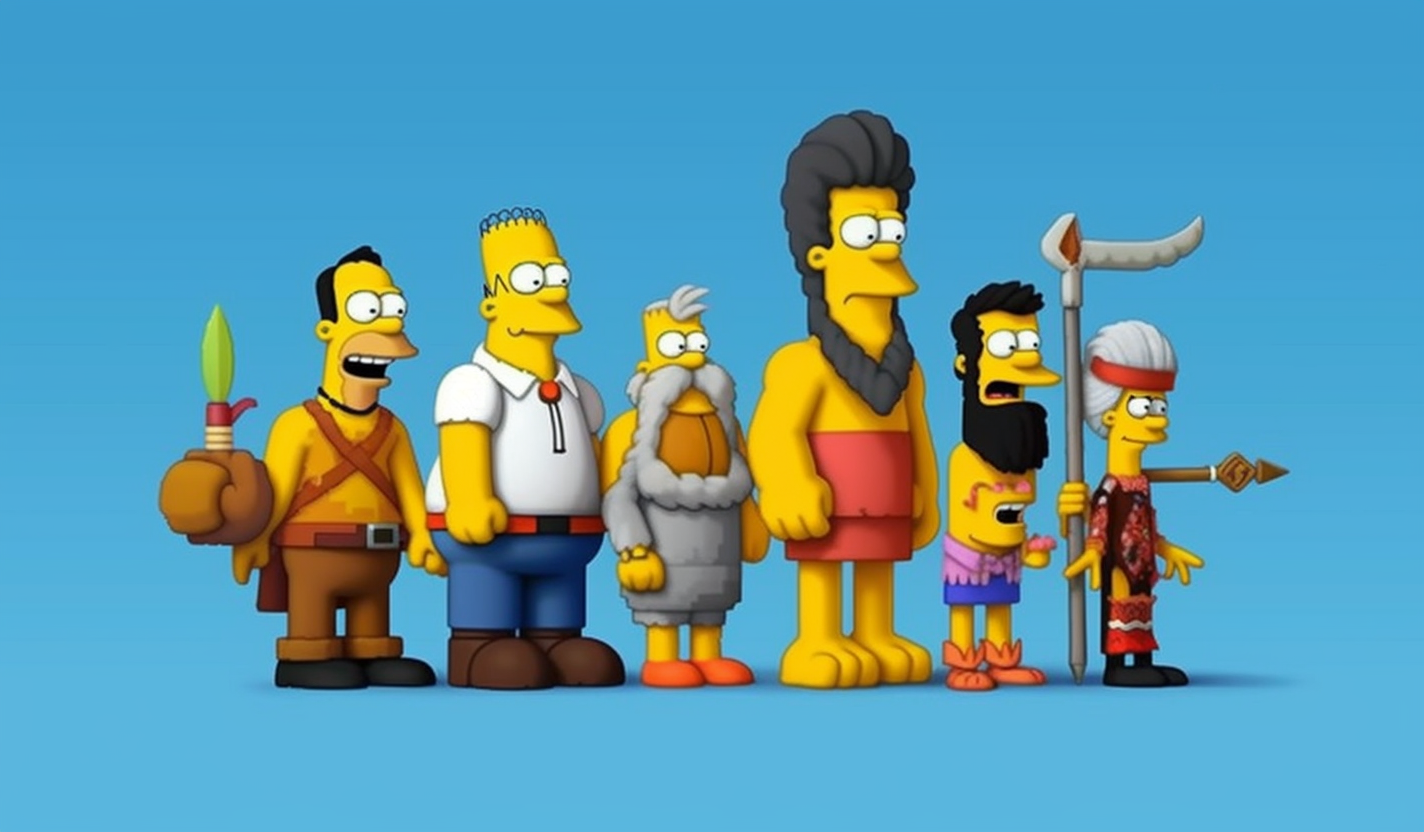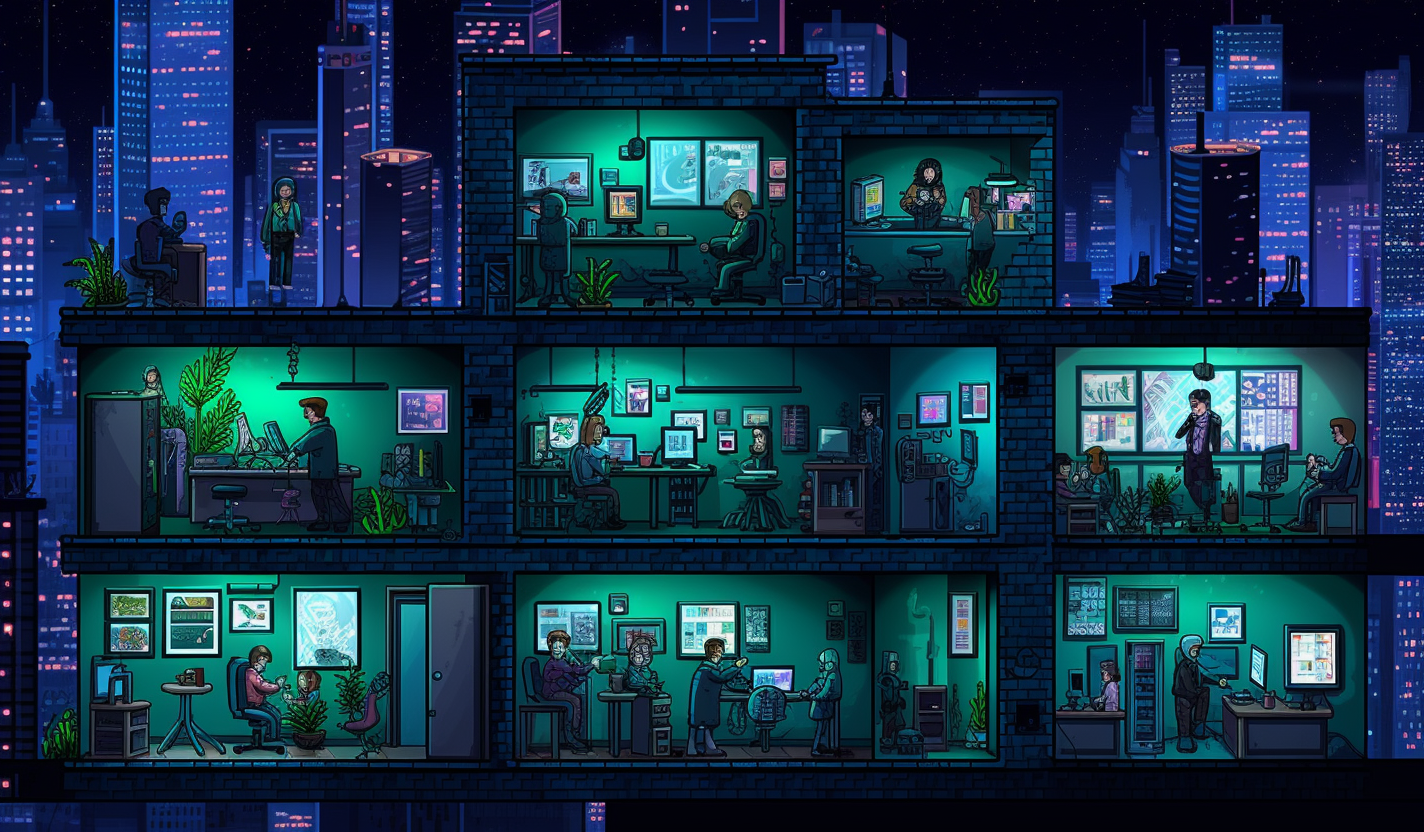Table of contents
Art being the most common application for NFTs, it should be no surprise that the popularity of crypto art in NFTs has recently skyrocketed. Furthermore, the novel blockchain technology has enabled artists to earn millions of dollars from digital artwork. It has attracted many creative people who could only imagine such ease and accessibility.
The most costly sales made news as they fetched millions, and in 2022, "Merge" (1) by pseudonymous digital artist Pak was the most pricey NFT with a price of $91.8 million. High-profile auctions of NFTs tied to digital art have attracted significant public attention. Everyday: the First 5000 Days of the NFT collection, created by Mike Winkelmann, popularly known as Beeple (2), was auctioned off in 2021 and sold for $69.3 million.
Like traditional art, crypto art refers to one-of-a-kind works of art produced by artists and sold at auctions on marketplaces, including well-known NFT platforms and traditional auction houses like Sotheby's (3) and Christie's (4). However, most art in the crypto space is still being produced by unproven, talented amateurs.
While some NFT collections, such as the earliest one known as CryptoPunks (5) or the most hyped one known as Bored Ape Yacht Club (6), are excellent examples of generative art, this type of art is typically created with the aid of various autonomous systems, wherein the images in these well-known collections are curated by assembling a selection of specific picture components in various combinations.
What is an NFT?
In crypto, non-fungibility denotes that one object cannot be exchanged for another at parity. Non-fungible tokens (NFTs) are frequently employed in economics to represent properties like uniqueness and non-interchangeability.

A "token" is a certificate of legitimacy kept on the decentralized blockchain to make digital assets traceable and available to everyone as a unit of account. This results in NFTs being a unique virtual currency that can be used for pretty much anything and typically takes the form of artwork such as paintings, movies, music, video games, collectibles, or other forms of creative digital output.
How to convert digital art into NFT?
Digital art can be converted into NFT without being difficult, expensive, or technically challenging; all that is needed is a set of creative abilities and a computer. NFTs may be converted into various digital files other than just photos, such as songs, videos, GIFs, and other formats.
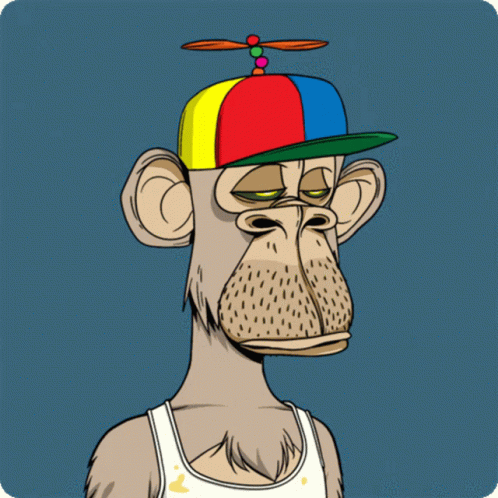
But before that, it is necessary to select an appropriate artistic medium that is appropriate for the notion. Users will then understand the skills needed for participating in and uploading to create digital art and for becoming NFT creators based on this.
For instance, a graphic designer must use programs like Adobe Illustrator, Adobe Photoshop, CorelDraw, and MS Paint. They could also try other approaches like three-dimensional 3D modeling, which calls for programs like Blender or Cinema 4D (7) to create animated graphics and characters that will be turned into NFTs.
Once the mode for generating digital art has been chosen, the user must develop an original concept for either a single NFT artwork or a whole collection by considering the subject matter that will be the collection's focus.
Since publishing a singular instance of the token on the blockchain constitutes the act of creating an NFT from digital art without code, it is much simpler. "Minting" is a term used to describe the creation of NFT. Before being sent into circulation, NFTs are minted after they are manufactured, just like metal coins.
Following this, the painstaking work of digital art is made secure, tamper-proof, and difficult to maintain. Since this digital work is now an NFT, it may also be purchased, sold, and digitally traced when it is resold or collected.
For artists, minting NFTs into digital art is the cutting-edge method of fairly monetizing their work. On most NFT marketplaces, artists can scheme a royalty clause upon minting so that subsequent sales of their works will generate passive income. If the demand for the artwork rises, it becomes well-known, and its value increases, the artist can profit even more from it.
The automated procedure of minting is available on every NFT marketplace, and all users need to do is follow a few simple steps:
- Activate your account on your preferred NFT platform, which is typically accessible through a cryptocurrency wallet.
- Upload the artwork with a title and a succinct description that describes the piece's content or anything else relevant to it to the platform of your choice.
- Click the "Create" button after performing one last check.
- The minting process will start as soon as the user signs the NFT and pays the transaction fee.
- Once the transaction cost has been approved on the blockchain, users can see their freshly created NFT in their profile.
If a user already has skills in this field and wants to become an NFT developer, they can also try to code an NFT. However, users should know that the Ethereum network monopolizes NFT development. The most popular programming language used for NFT development is Solidity, developed for creating smart contracts operating on the Ethereum blockchain. Other languages used include Javascript and HTML/CSS.
Additionally, the InterPlanetary File System (8) is frequently used to store the NFTs created by artists, and the NFT sale is most likely where the minting of NFTs concludes. While most NFT platforms can specify a price while minting your NFT, they also offer the option to select a selling mechanism. NFTs are currently sold through fixed-price sales and auctions.
The simplest, most transparent, and straightforward way to sell a newly created NFT is through a fixed-price arrangement. Some platforms may additionally offer users the opportunity to specify a royalty percentage, according to which they will be paid out if the art is ever sold again.
The other method of selling NFT is by auction, which allows customers to view and bid on digital artwork. There are two different sorts of auctions, and some may only be conducted online, while others may conclude with a full-fledged live auction. The first kind is an English auction (9), which is an auction with an increasing price where the highest bidder ultimately prevails.
A timed auction is a particular type of English auction in which the NFT can be bid on over a predetermined period, with the highest bidder winning. The second form is a decreasing-price auction called a Dutch auction (10), where the price declines until your NFT is purchased.
It is entirely up to the users to decide whatever method of selling they want to utilize with the NFT because each one has advantages and disadvantages, whether it be a potential lack of appreciation for the true value of the artwork when setting a fixed price or a reliance on time during auction sales.
